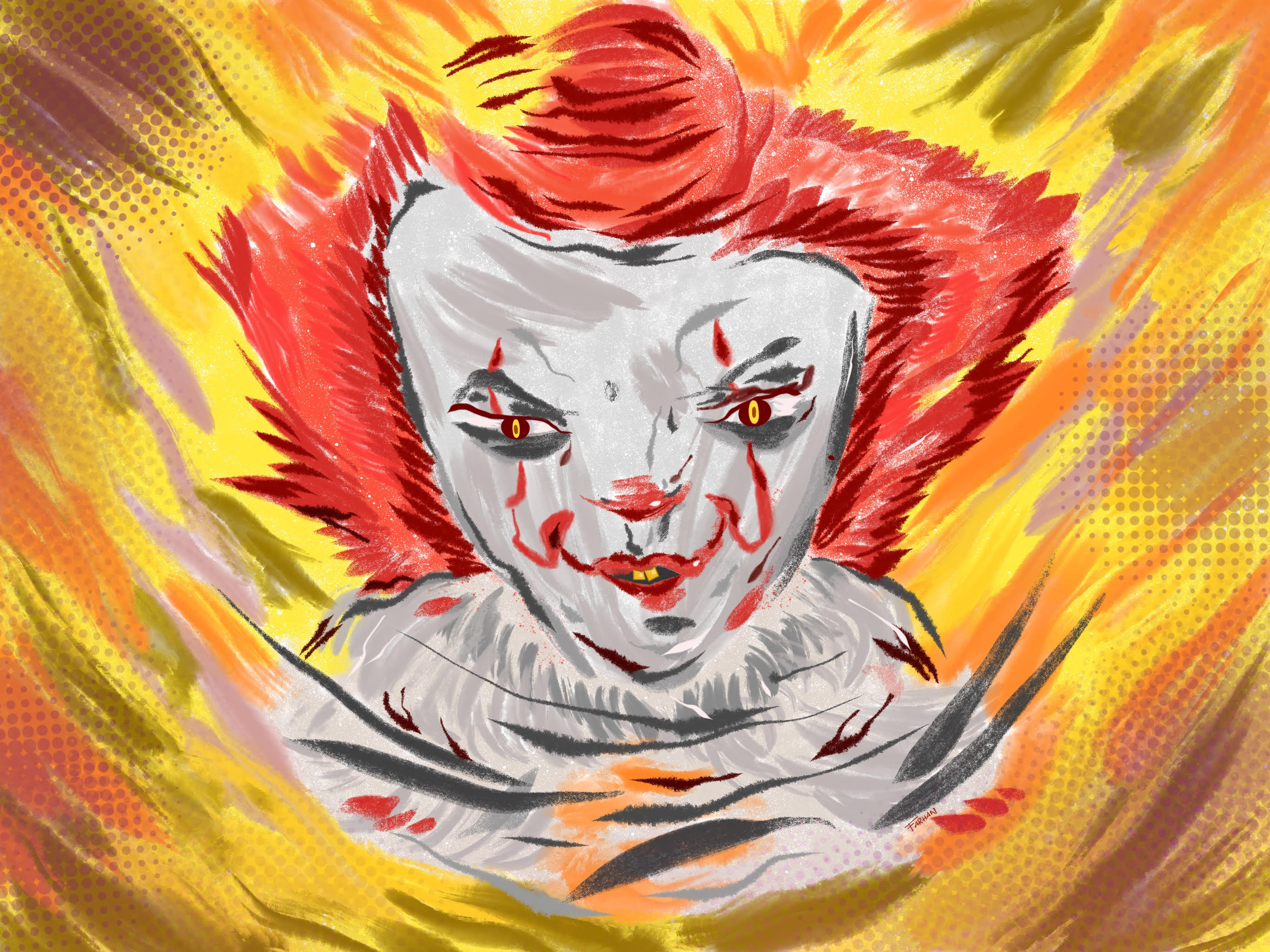It is a ridiculously successful example of modern horror filmmaking. It received critical acclaim for its characters, style, and atmosphere, grossing an astounding $700-million worldwide in the process.
The film wasn’t perfect. Its CGI was excessive at times, and its coming-of-age elements were arguably more effective than its scares. But thanks to its well-rounded cast and crew, and an iconic villain in Pennywise the Dancing Clown played by the excellent Bill Skårsgard, it has cemented itself as both a pop-culture touchstone and provided a lifetime of nightmare fuel.
A sequel was practically guaranteed.
Stephen King’s original novel featured two narratives, both revolving around a group of outsiders, dubbed the “Loser’s Club,” who face their fears through the creature’s various manifestations. They first battle as children, then as adults 27 years later, when Pennywise re-emerges after a long hibernation.
While the novel goes back and forth between these timelines, the first film focuses entirely on the “losers” as kids, echoing other King coming-of-age tales like Stand by Me.
It Chapter Two, by contrast, maintains a dialogue between both stories, including flashbacks to a childhood the losers had long since forgotten. While this strategy bloats the runtime to almost three hours, it offers a poignant look at how our memories help shape who we are.
Above all, the casting director deserves credit. Bill Hader is hilariously on point as Richie Tozier, the foul-mouthed goofball that grows up to be a stand-up comedian. James Ransone is uncanny as Eddie Kaspbrak, through physical resemblance with his younger self (Jack Dylan Grazer, more than anything).
Jessica Chastain is as reliable as ever, and an excellent choice to play a complex survivor like Beverly Marsh. James McAvoy (Bill Denbrough), Isaiah Mustafa (Mike Hanlon), Jay Ryan (Ben Hanscom), and Andy Bean (Stan Uris) are all capable actors, but don’t make as much of an impression – nor are their individual stories as compelling as the rest.
The reliance on CGI over practical effects has increased substantially. As a result, the film has better action scenes, but they are not as scary as Skårsgard’s hypnotic insanity. The climax could also be seen as disappointing, depending on how you interpret it, but relevant in terms of how these films have explored the nature of fear.
The film is also quite funny in parts, which sometimes distracts, but often works because of the cast’s chemistry. It Chapter Two is not as tightly executed as Chapter One, or necessarily as gripping, but it is certainly worth a watch – especially if you’re a fan of Stephen King’s novel.
Featured Graphic by Farhan Tasin.






